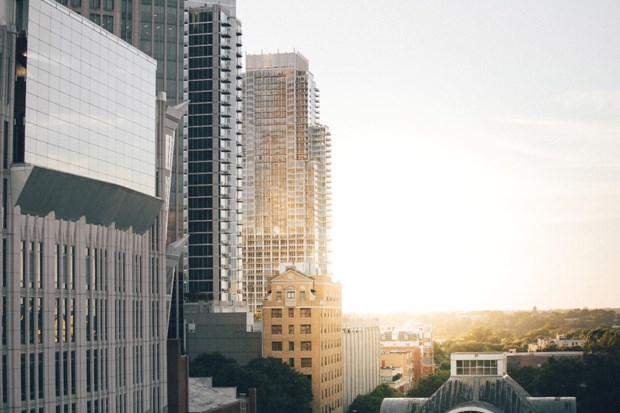An architect considers all the natural systems and the environmental aspects while designing and planning the buildings and spaces. The Sun and architecture play a vital role in planning a building. The sun benefits the world by providing natural light to it. It is also responsible for providing free heat. The architect designs structures considering the locations and the demands of the occupants. The same situation is with the sun, whether they want the heat and light depending on the climate needs of the specific area.
There should be a solar analysis effectively done before. The architectural designs will provide relief from solar heat in hot areas. On the other hand, people design buildings to get the maximum heat from the sun in cool places. The architect must evaluate the heat receiving and cooling requirements of the buildings.
An architect can take multiple measures in designing the buildings keeping in mind the importance of the sun. With the several changes in the architectural design methods, the building structure can take advantage of the natural systems. Such as sun and sunlight.
The sun affects architectural designs in many ways.
1. Sunlight
The sunlight can affect the architectural design. Daylight is the most dominant tool that attracts attention towards the building. Whether it is natural or artificial light, it plays a vital role in architectural design. The designs, patterns, textures, and colors of the structure all depend on the light.
Generally, the architect designs a building considering the sunlight effects. That can provide several benefits as it saves energy and it is cost-effective. But there can be no need for sunlight according to the demands. To avoid this, the architects have to design buildings that provide shades, shadows, and blinds in buildings.
2. Sun Directions
The Sun and architecture play a vital role in our lives. The architects must design the buildings considering the directions of the sun before construction. The position of the sun or sun path certainly affects the architectural designs. When to use the sunlight and when it is to avoid the dominant factor in designing a building.
We know the planet earth revolves around the sun. Thus, the directions of the sun keep on changing. It does not stay in the same position. Sun does rise in the east and sets in the west. So is climate change, as it gets high in the summer season and low in the winters. The sun directions need to be understood while designing a building as they can affect your architectural designs in many ways.
3. Building Materials
The architects need to select the building materials considering the UV radiations that can harm the building materials. The UV radiations affect the performance of building materials in the long run. These radiations can affect building materials in many ways as fading the colors and paints.
The materials made of plastic can get damaged and fragile. Such damages are more likely to occur on the north and west sides of the buildings. The architectural design and method must not avoid the effects of UV radiations on the building materials as they can lead to heavy losses in the future.
4. Positioning of Rooms
The sun can affect the arrangements of the rooms within a building. It primarily depends on the demands and likes of the residents. UV radiations have many negative and positive health effects. A person might like sun exposure while the other one does not like the sunlight in his room.
So, the sun can affect the room positioning in the building, done according to the needs. The design purpose of kitchens, living rooms, and dining areas are to get maximum natural light and save electricity. Such spots need to be on the southern sides
5. Overheating
Over-heating through the sun can affect architectural designs and design methods immensely. There is a great need to design shades for the buildings as heat is transferred through the windows mostly. The architect must design buildings while considering the overheating measures.
The shades are very much needed in the summer season to protect the building from the heat. The shadow of the trees can also protect buildings from UV radiation. They can help provide comfort in a building. It also reduces the costs and energy of cooling systems.
6. Solar Radiations
The architects must consider the location and areas before constructing a building. The places situated in hot climates can face many problems due to the heat radiation. Especially the glass skyscrapers that are close to the sunlight face so many problems in the hot areas.
The heat radiation will cause so many expenses. The utilization of air conditioning systems makes it costly. To avoid this, the architects must focus on the shapes and designs. The frame of the buildings and their directions can reduce the heat radiation.
Read also: Correct Architectural Design Prevents Maintenance in Buildings
Wrap Up about The Sun and architecture
The importance of the sun and architecture in our lives is not deniable. The earth will freeze without the sun’s heat and light. An excellent architectural design and architectural methods focus on the maximum benefits provided to the occupants.
The sun can indeed allow several benefits, but it also creates many problems for architectural designs. The sun radiations can affect the architectural designs immensely due to overheating in the summer seasons. To avoid this, architects must introduce all the safety measures that overcome such problems by providing a comfortable indoor environment.
